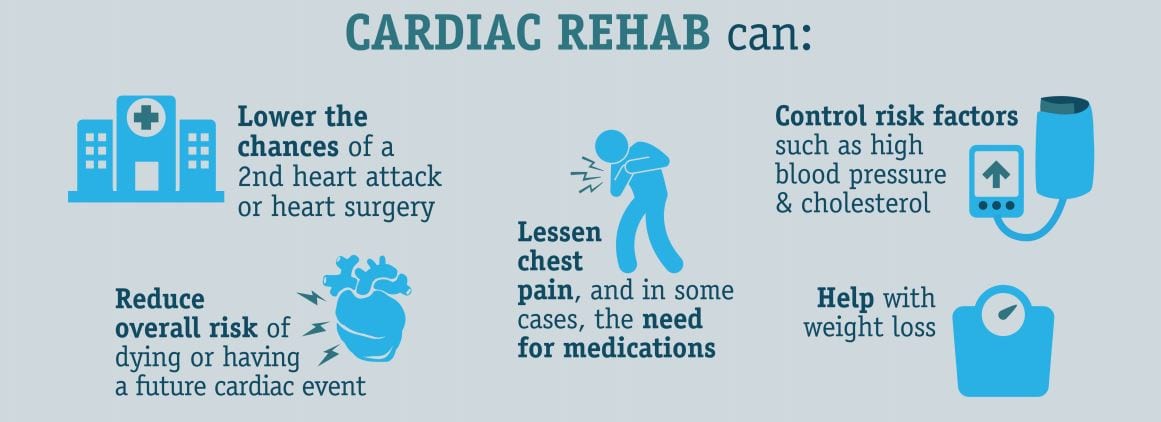Narconon Africa Fundamentals Explained
Table of ContentsA Biased View of Narconon AfricaNot known Factual Statements About Narconon Africa The Definitive Guide for Narconon AfricaThings about Narconon AfricaThe 10-Minute Rule for Narconon AfricaHow Narconon Africa can Save You Time, Stress, and Money.The Only Guide for Narconon Africa
In a series of papers with Manudeep Bhuller and Katrine V. Lken, we get rid of these information obstacles and the nonrandomness of jail time, providing new insights into just how incarceration affects relapse, employment, youngsters, and criminal networks - Detoxification program. Number 1 Our work research studies the results of imprisonment in Norway, a setting with 2 key advantagesWe can even more connect this details to other household members, consisting of youngsters and brother or sisters. We have information on co-offending that allows us to map out criminal networks for observed criminal offenses. Second, we can utilize the random task of criminal instances to judges who vary in their tendencies to send offenders to prison.
Some courts send out defendants to prison at a high rate, while others are much more tolerant. We gauge a judge's stringency as the average incarceration rate for all various other situations a court takes care of, after controlling for court and year fixed impacts, which is the level of arbitrary job. This quasi-random job of judge stringency can be used as an instrument for incarceration, as it strongly predicts the judge's decision in the current case, however is uncorrelated with other situation attributes both by layout and empirically.
The Narconon Africa Ideas
Features of prisoners, consisting of demographics and criminal activity groups, are extensively similar in Norway and other nations, consisting of the United States, with the exceptions that the United States homicide rate is a lot greater, and race plays a larger function there as well. What sticks out as various, particularly compared to the USA, is the prison system.
Figure 2In Norway, the ordinary time invested behind bars is a little over 6 months, which is similar to most various other Western European nations. This contrasts with ordinary United States jail time of virtually 3 years, which remains in huge component the reason the USA is an outlier in its incarceration price compared to the remainder of the world [Figure 1]
Examine This Report about Narconon Africa
This offers much more splitting up between minor and hardened criminals than exists in the United States. There is no congestion in Norwegian jails and far better individual safety and security, with each prisoner being designated to their very own cell and a greater inmate-to-staff proportion than in the USA (https://sitereport.netcraft.com/?url=https://www.narcononafrica.org.za). Prisons in Norway also provide well-funded education, drug therapy, mental health, and job training programs
Our research study on the impacts of incarceration on the offender, using the arbitrary project of courts as a tool, yields 3 crucial findings. Jail time discourages additionally criminal behavior. We find resource that incarceration lowers the chance that a person will certainly reoffend within 5 years by 27 percentage factors and minimizes the corresponding number of criminal charges per individual by 10 costs.
Some Ideas on Narconon Africa You Need To Know
We discover large declines in reoffending chances and advancing charged criminal activities even after accuseds are launched from prison. Our second result is that predisposition because of choice on unobservable specific characteristics, if disregarded, leads to the wrong conclusion that time invested behind bars is criminogenic. If we simply contrast criminal accuseds sentenced versus those not sentenced, we find positive associations in between imprisonment and subsequent crime.
This stands in comparison to our evaluation based on the arbitrary job of judges, which finds an opposite-signed result. Third, the reduction in criminal activity is driven by individuals who were not working prior to imprisonment. Among these people, imprisonment increases participation in programs directed at boosting employability and minimizing relapse, and this eventually raises employment and profits while inhibiting criminal habits.

Imprisonment causes a 34 percentage factor rise in participation in job training programs for the formerly nonemployed, and within five years their work rate increases by 40 portion points. At the exact same time, the chance of reoffending within 5 years is reduced by 46 percent factors, and there is a decrease of 22 in the ordinary number of criminal charges.
A Biased View of Narconon Africa

A plausible explanation for the difference is that Norway's prison system differs substantially, both in terms of prison-term size and prison conditions, from the US jail system. While comprehending the results of imprisonment on the offender is an important very first step, recording spillover results is additionally crucial for assessing criminal justice plan and designing reliable prison systems.
The 10-Minute Rule for Narconon Africa

Common least squares approximates disclose that kids of incarcerated daddies are 1 portion factor more likely to be billed with a crime, family member to a mean of 13 percent, and reveal no result on school grades. Utilizing our court stringency tool, we find no statistical proof that a papa's incarceration affects a kid's own criminal activity or school grades, however we are not able to eliminate modest-sized results.
The 2-Minute Rule for Narconon Africa
We specify criminal groups based on network web links to previous criminal instances. Our evaluation yields three major searchings for. Initially, when a criminal network participant is put behind bars, their peers' probability of being billed with a future criminal offense decreases by 51 percentage points over the next 4 years. Also, having an older bro put behind bars reduces the probability his more youthful sibling will be charged with a criminal activity by 32 percent factors over the next four years.